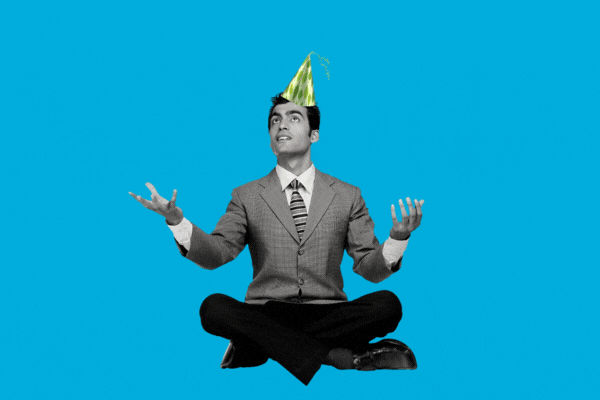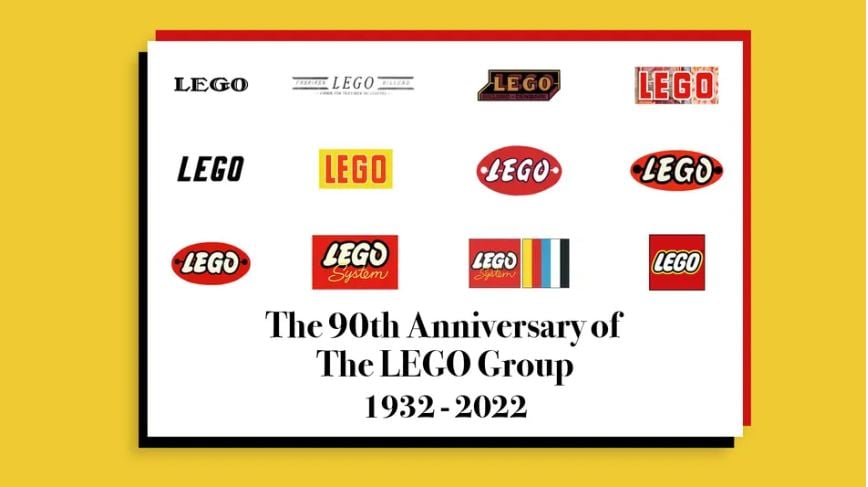"If you want to be a premium brand, you have to keep demonstrating that you are listening," said Conny Kalcher, VP of Marketing and Consumer Experiences at The LEGO Group, on what maintains the enduring nature of the brand.

This week saw the 90th anniversary of the Lego Group, a lifetime which has seen multiple ebbs and flows over the decades. But in recent years, the toy company has successfully introduced multiple digital elements and media forms to support its core product. That's 90 years of stepping, bare-foot, on the most painful things known to man. Yes, I'm counting landmines in that.
Lego fans produce twenty times more Lego-themed online content than the brand itself, revealed Lars Silberbauer Andersen, Lego's Senior Global Director of Social and Video.
He elaborated on this, suggesting that brands must work to understand the social needs of their consumers and act in real-time to engage them effectively.
It is why, last year, the toy brand was ranked by global consultancy Brand Finance as the world's most powerful brand, ahead of luxury brands such as Ferrari and Burberry. And it's down to the fan-produced content. But it's how they get customers to engage in this way which is interesting.
This is apparently down to how it balances the four cornerstones of its freaky strategy.
"We have something that we call freaky," said Monika Lütke-Daldrup, director of customer engagement at Lego.
"Freaky stands for FRKE, which is short for fun, reliable, knowledgeable and engaging. And those four words are something we've built our customer service on for probably more than 15 years."
“One of the reasons that it works so well is that, yes, it’s fun and engaging, and we encourage people to be creative and have fun when they’re writing, but it’s also reliable and knowledgeable,” explained Hannah Quill, head of writing and tone of voice for the LEGO Group.

“It’s very important that you’re giving the customer the correct information, and that any promise that you’re making, you are committing to deliver that customer service. Freaky doesn’t solely mean fun and engaging, it also means following through, reliable, customer service.”
So, how does LEGO build this customer service? Well, brick by brick of course. Let's jump in.
Reuse, Recycle
The company approaches their strategy with the idea of "what else can we do with this?" This means "what else can we do with this experience, product, or idea?" So, it's all about reusing and reapplying assets in multiple ways. This might be into sets, into sets themes with movies, into movies and tv shows, and even into amusement parks. No idea too big or too small.
Their flagship product is, of course, the brick. But in the years they've been in business, LEGO has acquired many types of reusable resources, including knowledge, technologies, and customer relationships. LEGO has developed and utilised a customer community that is both a source of fast-growing revenues and which participates in a virtuous circle of innovation and organisational renewal.
Solution Evolution
It could be suggested that has LEGO had chosen to stick with their original sets, they wouldn't have seen the same success they have today. One vital quality of the company is the ability to embrace the evolution of technology and tastes, fitting the shifting priorities of their customer base, especially as they age and look for their new interests in their childhood product. Think the F.R.I.E.N.D.S LEGO set.
LEGO sees that they need to embrace constant change, showing that the digital era requires a brand to embrace multiple channels. This can be through new sets, magazines & comic books, movies, installation art, and video games. They do what they can to engage customers, and oversee every channel.
Brand Belonging
With LEGO, customers don't just buy a product. They buy that product to be part of a story and experience. The identity and content create a critical sense of belonging. This feeling is then deployed across all channels and tools. This can be through the community, social media, mobile apps, and even events for customers of all ages.
The Experience Wheel
The 'experience wheel' has been used by the company to guarantee a good customer experience across the board.
The wheel below is an example of the output after a couple of steps, it shows an approach to designing an excellent or "WOW" experience for a flight to NYC.

This tool is particularly useful as:
- It’s great to have a formal approach to describing/designing experiences
- It starts with the description of a specific customer (in the centre)
- It recognizes the life cycle of experiences: before, during, and after
- It’s easy to use and simple to understand
So, this shows LEGO thinks beyond having just a great product, They realise a successful toy doesn't automatically translate into having a coveted spot in consumers' shopping carts. Companies need to go above and beyond this. That's where delivering a memorable customer experience comes in, and when the loyalty begins.
Stellar Storytelling
The LEGO experience goes far beyond the initial product, the brick. It's a toy which families spend weekends building together, or a chance for collectors to buy when a new set when it launches. The company attempt to build and encourage a unique story behind everyone's experience with LEGO. It also knows how to use this trend to its advantage.
For example, take the "Get girls ready for the world" campaign. This highlighted an underrepresented part of the customer base and was a demonstration of how a company can craft stories tailored to different audiences, and even connect with new users at the same time.
Meta Digital Experiences
According to Razorfish and Vice Media Group's study, 52 per cent of respondents indicated they feel more like themselves in the metaverse. This has led to an increase want from younger populations to spend their time within a digital environment.
LEGO, having its finger on the consumer preferences pulse, knows this. So, they are partnering with Fortnite to construct a Metaverse space with kids in mind. This means their consumers can choose to build virtually or in reality.
Not every brand has to take a foray into the metaverse, but it shows how LEGO has captured customer desires and needs. They realise how important investing in digital experience is for good consumer experience, and know that they are eager to connect with brands online if it's done right.
So, LEGO has shown a willingness to move away from the same marketing tactics it may have used 90 years ago. The brand is constantly changing to ensure they maintain its status in the eyes of their customer, and make sure loyalty is locked in and solidified wherever and however the customer chooses to use their product.
